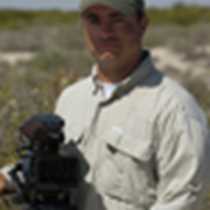Making our way through the calm waters of Marguerite Bay, we get our first glimpses of the freshly snow-dusted island of Porqui Pas. The island was named after the groundbreaking expedition vessel that discovered this region in 1909, led by French explorer Jean-Baptiste Charcot. Taking in the scenery, morning coffee in hand, from the comforts of our own incredible vessel, it is refreshing to ponder how Charcot’s men must have felt witnessing for the first time ever these very shores, peaks, and glaciers well more than a century before us.
Cruising through ice to land ashore after breakfast, we were met by an impressive welcoming party of brushtail penguins. In their classic black-white tuxedo style, the Adelie penguin is easily one of the most riveting species to encounter here. We treaded through fresh snow, over the colorful lichen-covered rocks, exploring the breeding colonies on this island.
While some penguins chose sites tucked into alcoves beneath the steep cliffs, others made their nests on the waterfront ridge. At this point of the season, chicks are at an age where they are working to molt out of their fuzzy layers and into their waterproof coat.
From the pebbly shore, kayaks were deployed to further our exploring capabilities. Guests enjoyed up-front encounters with adult Adelie penguins in search of food. Meanwhile, kelp gulls and skuas flew overhead, while seals did their business resting on shore. This with the backdrop expanse of glaciers and peaks. Nothing short of stunning.
Celebration of our time here was rang in with a ceremonial polar plunge off the stern of National Geographic Orion. An impressive turnout braved the icy waters.
We afterward set sail to make our way back north along the peninsula. Calm seas graced us this afternoon as we enjoyed presentations from our natural history team. Sailing along Adelaide Island in the evening, light cloud cover made for dramatic views of the ice shelves, tabular ice bergs, and bergy bits all around us.









